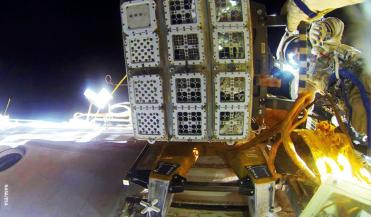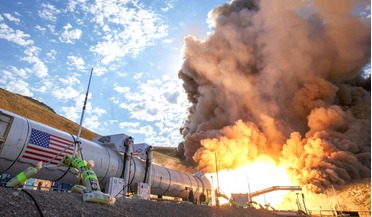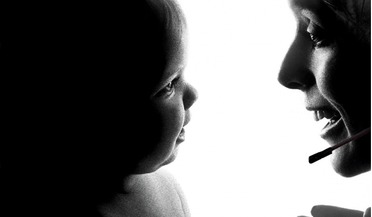 February 2022
Extremophiles as a blueprint for universal life
February 2022
Extremophiles as a blueprint for universal life
... volume. By doing this, Dsup is able to protect DNA from damaging hydroxyl radicals which are produced when radiation interacts with water. Microphotograph of the Archea Thermococcus Gammatolerans. Directed panspermia – seeding the Universe with life...
 September 2023
How microorganisms survive space travel
September 2023
How microorganisms survive space travel
... the Expose-R experiment and the Biorisk experiment is the possibility of assessing the effect of short-wave ultraviolet radiation, which does not reach the Earth’s surface. This experiment involves scientists representing ESA as well as researchers...
 November 2016
Moon or Mars - NASA’s next logical step?
November 2016
Moon or Mars - NASA’s next logical step?
... together as a team. Cultural and language differences did not create significant problems but the effects of cosmic radiation and weightlessness could obviously not be factored into such an experiment. NASA astronaut Tracy Caldwell Dyson, Expedition...
 February 2016
Nuclear Flashlamps in Space
February 2016
Nuclear Flashlamps in Space
..., each carried by successively lesser-energy photons. Also neutrons and other subatomic particles. The blast wave of radiation vaporises and ionizes the nuclear device and its surroundings, creating a rapidly expanding cloud of superhot radioactive...
 January 2019
Saving humanity – is space up to the job?
January 2019
Saving humanity – is space up to the job?
...exist except for the protection that our atmosphere and ozone layer provide us against the Sun’s radiation. Modern society is heavily dependent on a sophisticated electronic infrastructure that is highly vulnerable to cosmic dangers. Solar storms and...
 December 2019
Human conception and childbirth in space
December 2019
Human conception and childbirth in space
... planet’s magnetic field. The further away from Earth, the more dangerous it becomes as, in space, the various radiation sources can damage our DNA much more easily and the risk of developing cancer is higher. In addition...